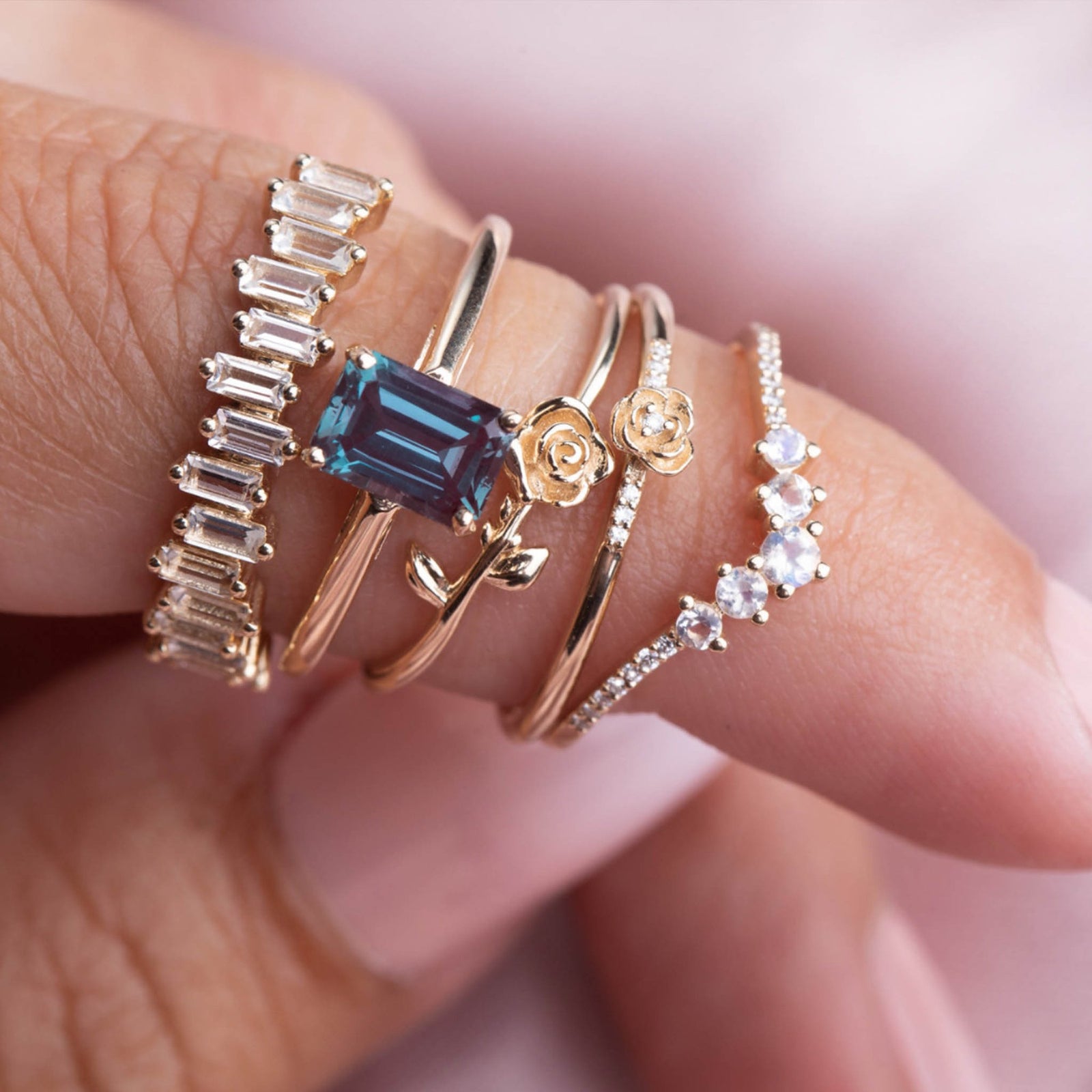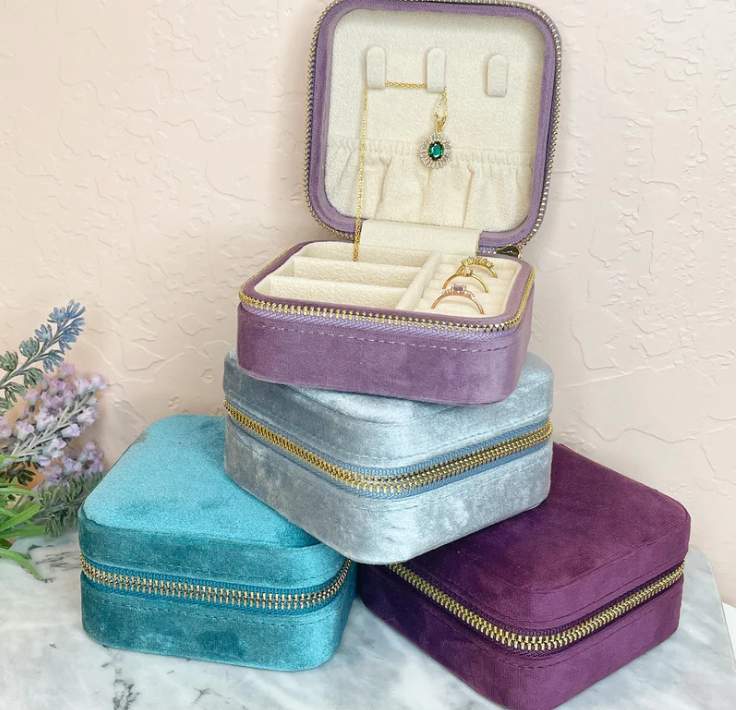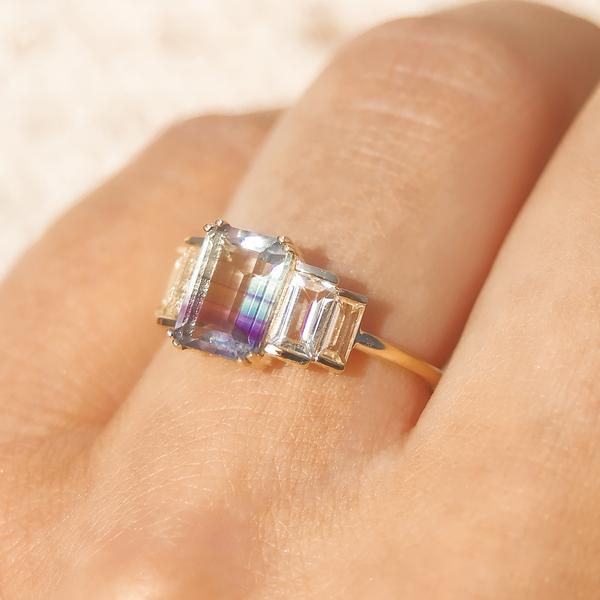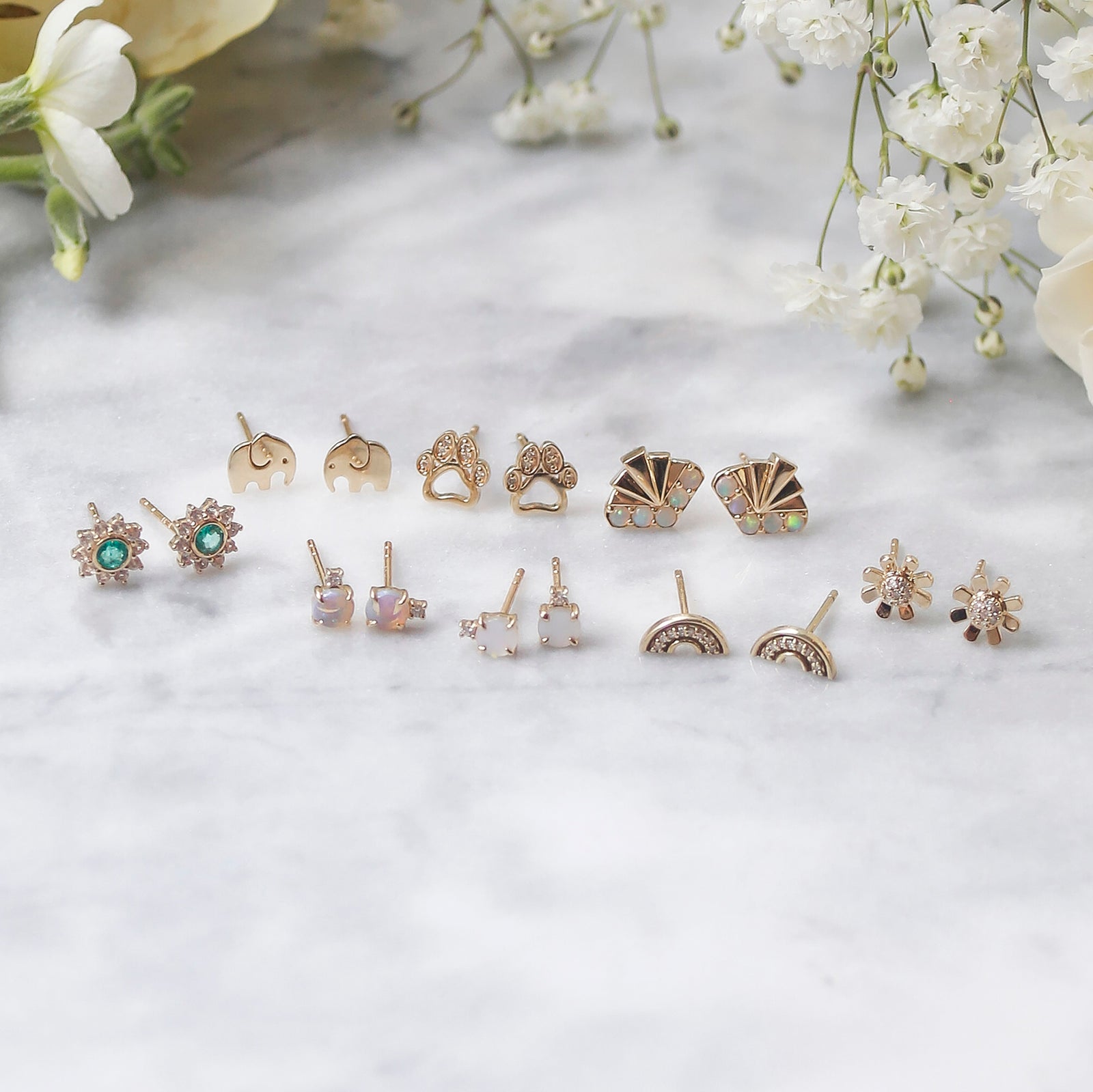Since time immemorial, people have been known to use jewelry. Ancient cavemen used leaves, flowers, bones etc to make ornaments for their body. Then we started using rare and precious metals like gold and silver which were later followed by precious gemstones.
Because of its high value, gold has always been synonymous to a person’s wealth. Till this date it has not lost its value and is considered to be one of the most sought after.
Given its significance, you as buyers need to understand the metal’s quality and purity before making the right decisions. Here’s a guideline to help you better understand the difference between 9Kt, 10Kt and 14Kt.
The primary difference among the 9kt, 10kt and 14kt is the metal content. While 9kt gold contains 37.5% pure gold, 10 kt gold is made up of 41.7% gold and 14kt has 58.3% of gold.
The remainder is made of alloys of various metals which include copper, zinc, palladium depending on whether it's a yellow, rose or white gold jewelry piece.

9kt vs 10kt vs 14kt which is better?
Durability
Although 9kt and 10kt is technically “harder” than 14kt gold, these two can be much more brittle and less resistant to knocks and scratches on a microscopic level. There are other factors that can influence the durability of a jewelry piece and it's not just upto the purity of the metal. Metal that has been hardened by being compressed and shaped is likely to last longer than the metal that has been cast into its final shape, whether it’s made of 9kt, 10kt or 14kt gold. That is why 14Kt gold tends to be more durable.
There is also a factor of tarnishing. Jewelry made of 9kt and 10kt will tarnish more easily than those made of 14kt because of the alloys present in them. However 9kt and 10kt jewelry don’t tarnish like the sterling silver. You might not even notice it until you compare the pieces with a brand new one which are polished and find that the surfaces are indeed duller. Of Course wiping with a jewelry cloth will help remove the tarnish.
You will likely notice tarnish more on 9kt and 10kt rose gold (due to the higher copper content) and less on white gold. As white gold is usually plated with a fine layer of rhodium ( a platinum group metal) which doesn’t tarnish.
Cost
14kt is likely more expensive than 9kt or 10kt gold jewelry as it has higher gold content as compared. If cost is a determining factor when you are buying gold jewelry you can obviously go for 9t or 10kt. If made well they can last lifetime.
If one chooses white gold, keep in mind that it won’t tarnish your 9kt or 10kt gold easily as it is mostly rhodium plated which can be reapplied overtime. Although this is optional, you may want to factor this into the cost of your ring.
Appearance
In general the more purer the gold is, the more warmer the hue. 14Kt gold will appear to be more brighter in comparison to the 9kt or 10kt pieces. The appearance difference is caused due to the alloys used.
The verdict
If your budget allows and if you are looking for a long lasting piece which will possess an heirloom potential then you should go for 18kt gold. But if you are after a lower price point, 9kt and 10kt gold can also be a fine choice.
Always remember that how your jewelry is made, for eg: whether it is handmade or casted in shape will also have an impact on the durability than what metal it has been made in.

Want more options on choosing your jewelry, check out our collection.





